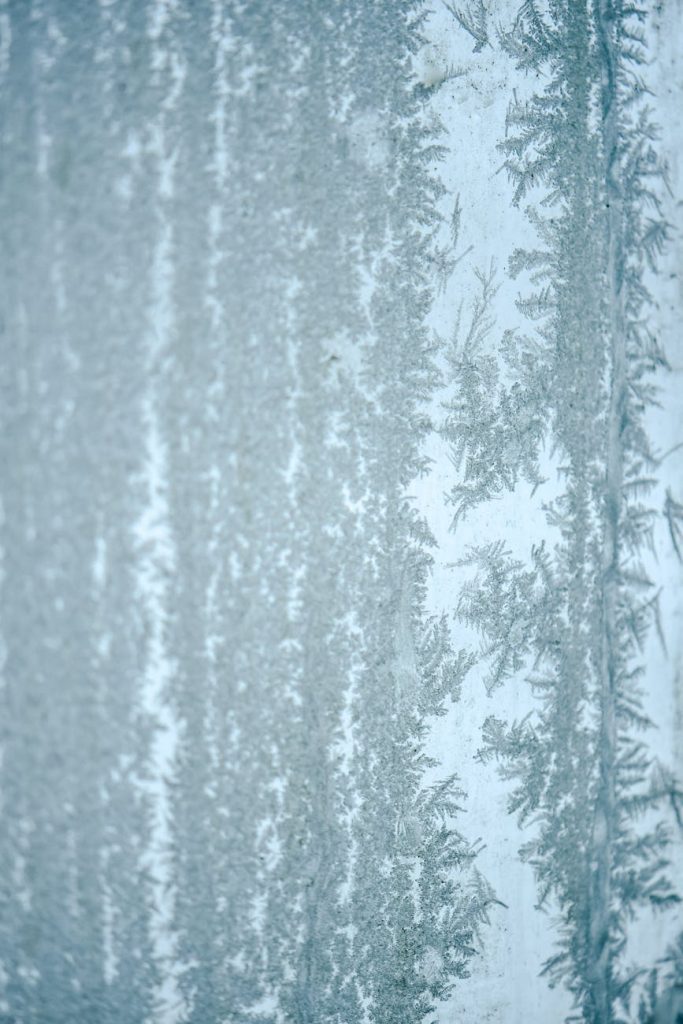Understanding Winter Tire Tread Patterns
Winter tire tread patterns are like the unsung heroes of winter driving. They keep you safe and steady on icy, snowy roads. Let’s break down why these patterns matter and how they affect your ride.
Why Tread Patterns Matter
Winter tires aren’t just regular tires with a fancy name. Their tread patterns are designed to give you better grip and control when the weather turns nasty. Unlike all-season tires, winter tires have deeper grooves and unique designs to push snow, slush, and water away from the tire. This helps prevent hydroplaning and gives you better traction on icy roads.
Here’s what you get with winter tire tread patterns:
- Better grip on snow and ice
- Improved braking
- Enhanced handling
- Less slipping and skidding
Want more details? Check out our article on winter tire benefits.
How Tread Patterns Affect Performance
The tread pattern on your winter tires can make a big difference in how your car handles winter conditions. Different patterns offer different benefits depending on where and how you drive.
Directional Tread Pattern
Directional tread patterns are designed to roll in one direction. They have a V-shaped design that channels water and slush away from the tire, giving you better traction and reducing hydroplaning. These are great for deep snow and wet roads.
Symmetrical Tread Pattern
Symmetrical tread patterns are the same across the whole tire, giving you a smooth and stable ride. They’re versatile and last a long time, making them a good choice for drivers who face a mix of winter weather conditions.
Asymmetrical Tread Pattern
Asymmetrical tread patterns mix different designs on the inner and outer parts of the tire. The inner part focuses on water evacuation and grip on snow, while the outer part helps with cornering and handling. These are perfect for drivers who need a bit of everything from their winter tires.
For a detailed comparison, see our article on winter tire performance comparison.
Tread Pattern Comparison Table
| Tread Pattern | Traction on Snow | Traction on Ice | Water Evacuation | Handling |
|---|---|---|---|---|
| Directional | High | High | High | Moderate |
| Symmetrical | Moderate | Moderate | Moderate | High |
| Asymmetrical | High | High | High | High |
Knowing the different tread patterns and how they affect performance can help you pick the best winter tires for your car. For more insights and reviews, visit our winter tire reviews section.
Common Winter Tire Tread Patterns
When it comes to icy roads, the tread pattern on your winter tires is a game-changer. Let’s look at the three most common patterns: directional, symmetrical, and asymmetrical.
Directional Tread Pattern
Directional tread patterns are made to move in one direction only. They have a V-shaped or arrow-like design that pushes water, slush, and snow away from the tire. This boosts traction and cuts down on hydroplaning, making them perfect for wet and snowy conditions.
| Feature | Benefit |
|---|---|
| V-Shaped Design | Efficient water and slush evacuation |
| One-Way Rotation | Better straight-line stability |
| High-Speed Performance | Improved grip on snowy and icy roads |
Directional tires need to be mounted correctly to work their best. Mount them wrong, and you could lose traction and wear them out unevenly. For more on making your tires last, check out our article on winter tire rotation.
Symmetrical Tread Pattern
Symmetrical tread patterns have continuous ribs or independent tread blocks across the tire. They’re versatile and give you a smooth, quiet ride. They’re also easier to maintain and offer consistent performance.
| Feature | Benefit |
|---|---|
| Continuous Ribs | Smooth and quiet ride |
| Uniform Tread Blocks | Even wear and longer tread life |
| Ease of Rotation | Simplified tire rotation for extended durability |
Symmetrical tires are usually more affordable and easier to find, making them a popular choice. They’re also great for rotating in various patterns to extend tread life. For more on tire maintenance, visit our guide on winter tire tread depth.
Asymmetrical Tread Pattern
Asymmetrical tread patterns mix different designs on the inner and outer parts of the tire. The inner part often has smaller, closely-packed tread blocks for better water evacuation, while the outer part has larger, more rigid blocks for improved cornering and stability.
| Feature | Benefit |
|---|---|
| Dual Tread Designs | Optimized for various driving conditions |
| Inner Tread | Improved water evacuation |
| Outer Tread | Enhanced cornering and stability |
Asymmetrical tires are designed to balance wet and dry performance, making them good for varied winter conditions. Proper installation is key to getting the most out of these tires. For more tips on tire installation, visit our article on winter tire installation.
Understanding these common tread patterns can help you pick the best winter tires for your car. Whether you need better water evacuation, a comfy ride, or balanced performance, there’s a tread pattern for you. For a detailed comparison of top-rated options, check out our best winter tires comparison.



